What combination of renewable energy, storage, coal, or gas will power your home in the coming decade? The answer to that question arrived when PacifiCorp (Rocky Mountain Power’s parent company) handed over several-hundred highly anticipated pages of documents called the Integrated Resource Plan (IRP).
The draft plan shows a dramatic shift by Utah’s largest electric utility toward an electricity grid powered predominantly by renewable energy, storage, and energy efficiency. Put simply, it is exactly what Utah Clean Energy’s utility experts have been advocating for since we began intervening in the IRP 20 years ago. This is a significant and necessary step closer to the zero-carbon future Utah Clean Energy has been working on since our inception!
The IRP is a 20-year forecast for how PacifiCorp envisions meeting both Utah’s growing energy demand, and all the electricity needs for its customers across the six states it serves. Together, Volumes I and II of the 2023 IRP currently weigh-in at a staggering 766 pages of figures, data, and analysis. Utah Clean Energy is in the process of unpacking the details in order to prepare our comments and input on the plan. Here are some highlights:
Enough new renewable energy to power the equivalent of
6 million homes!
By 2032 the IRP calls for:
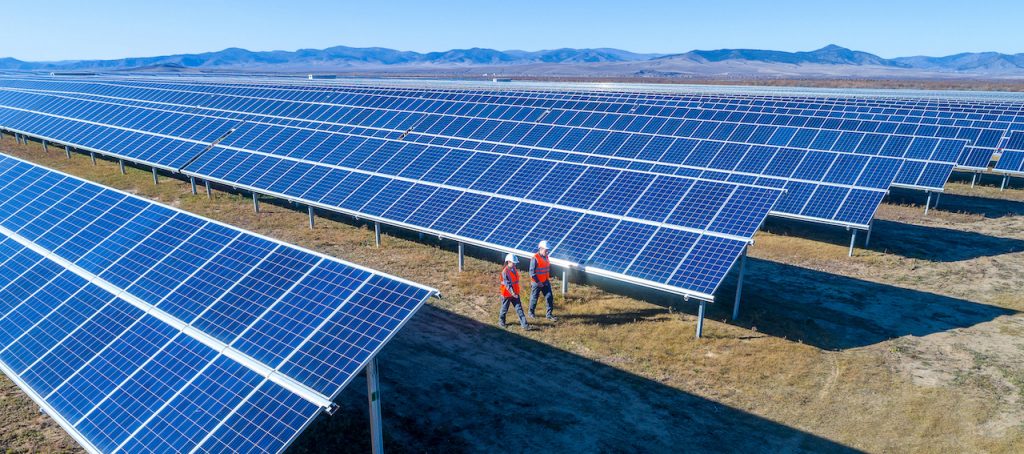
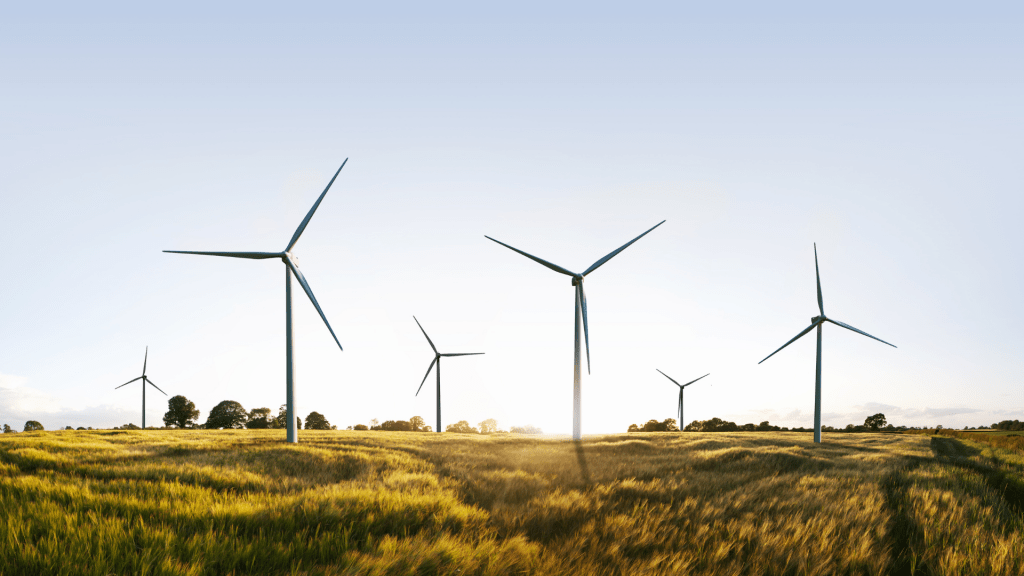
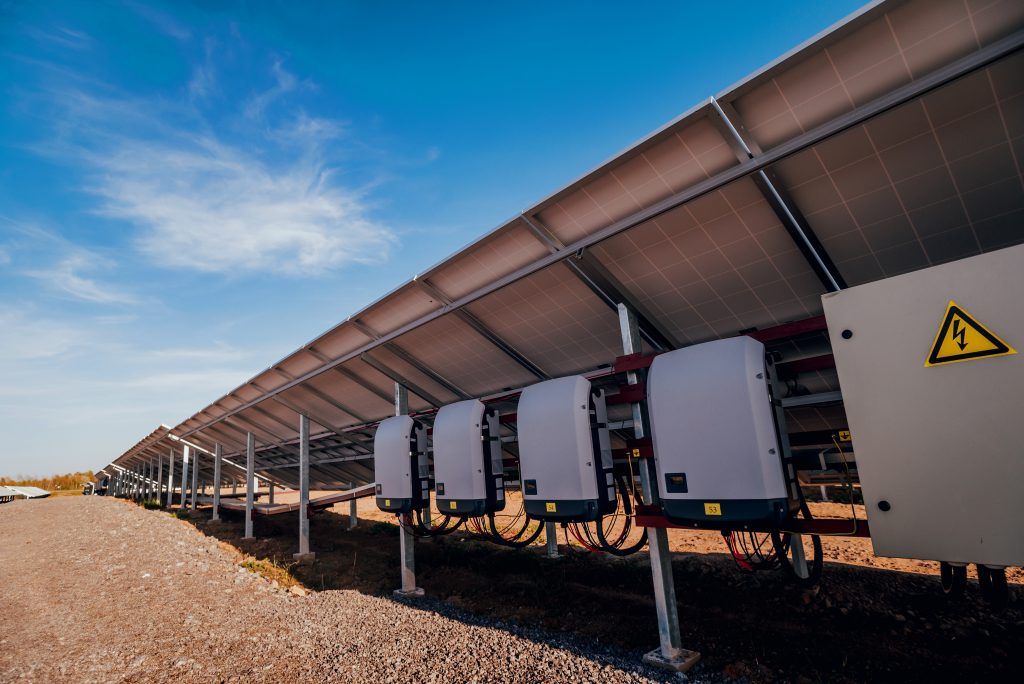
By 2042 the IRP calls for a total of:
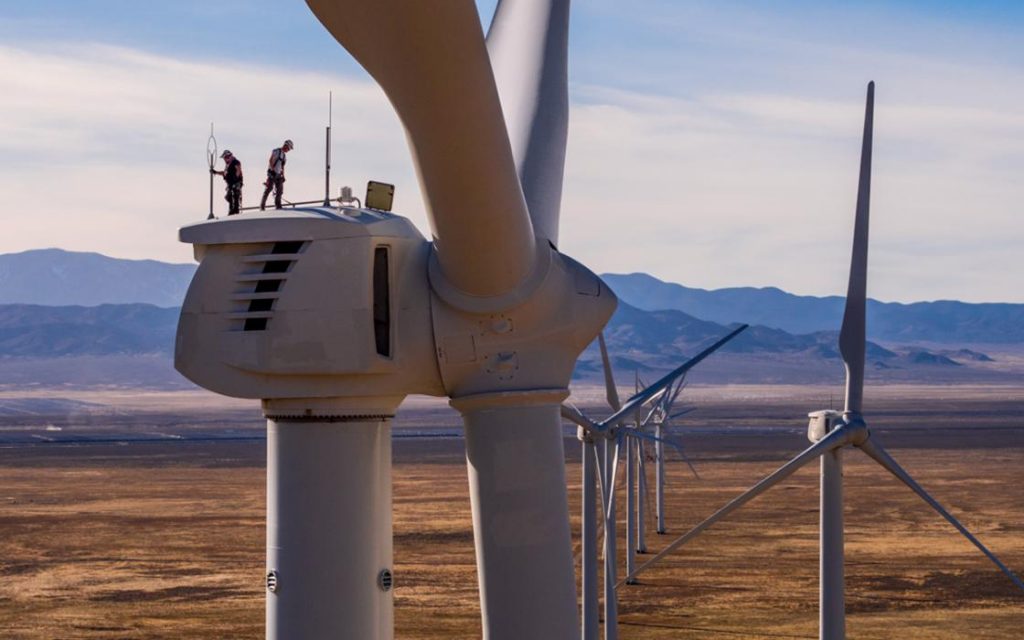
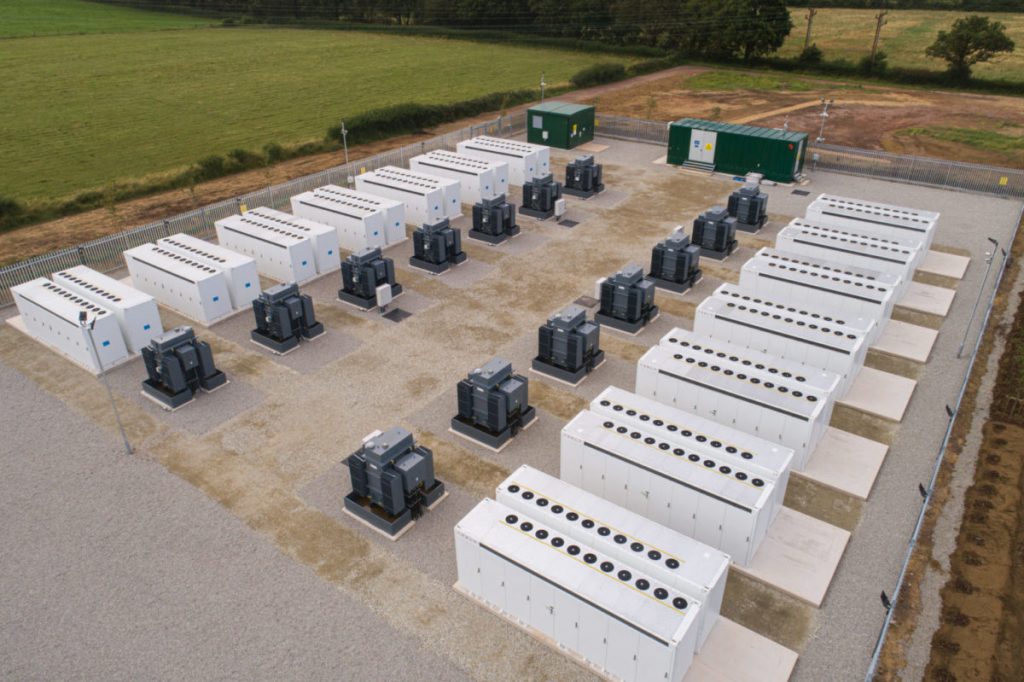
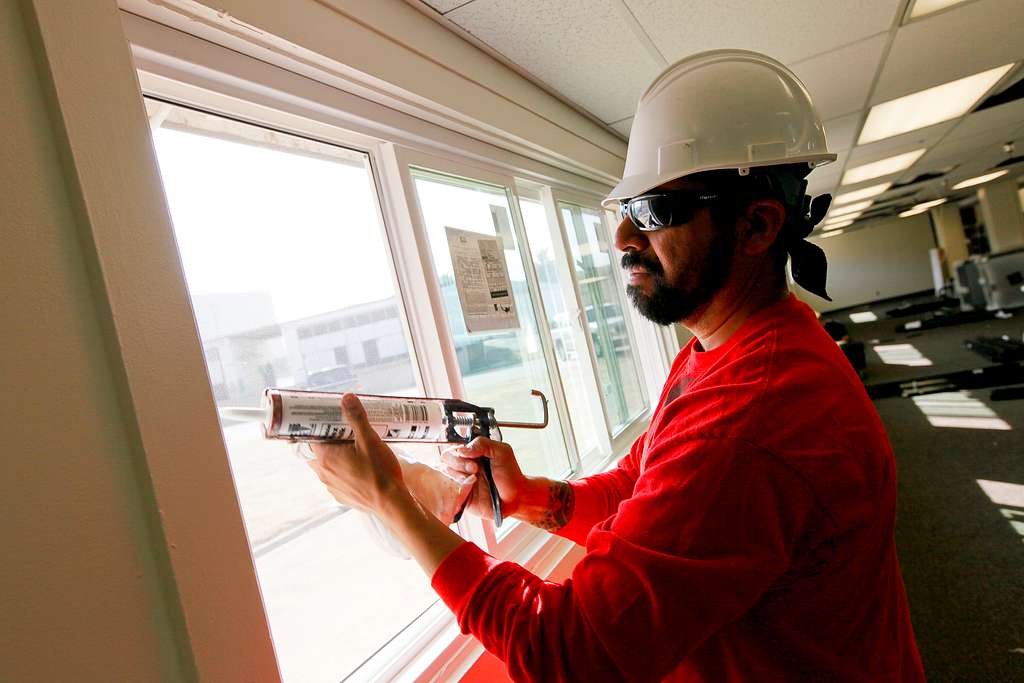
A system-wide reduction in emissions
The addition of new renewable energy, storage, and energy efficiency means that by 2034, gas will only make up 11% of PacifiCorp’s energy mix, and coal will no longer play a role at all. As a result, CO2 emissions from electricity are projected to fall by about 90% from 2005 levels by 2033.
Solar and wind more than quadruple, coupled with unprecedented new storage
Out of the six states PacifiCorp operates from, Utah has the best solar resources, so it isn’t surprising that solar power represents the biggest slice of growth. That means Utah could see a lot of new solar projects in addition to new wind farms. In turn, Utah would also see a significant increase in storage capacity as the utility plans to co-locate batteries with solar generation. These projects can and should position Utah as a leader on emission reduction.
Investments in energy efficiency play an important role in our energy mix
Also in the preliminary 2023 IRP is a significant amount of planned energy savings. Over 5,000 megawatts worth of energy efficiency and “demand response” programs (think the RMP Cool Keeper program), which is impressive. But given all the new incentives through the Inflation Reduction Act and the rise in electrification of our vehicles, homes, and buildings we think the potential for energy savings and controllable loads is much greater than the IRP suggests. Our initial analysis shows that the first five years save less energy each year than what the company has achieved in recent years. Between now and 2032, the median level of energy efficiency predicted in Utah represents less than 1% of Rocky Mountain Power’s electricity load. Energy efficiency is the cheapest, most readily available resource out there. We will be advocating for adding more energy efficiency, particularly in the next five years, into the IRP and into the hands of Utah families and businesses.
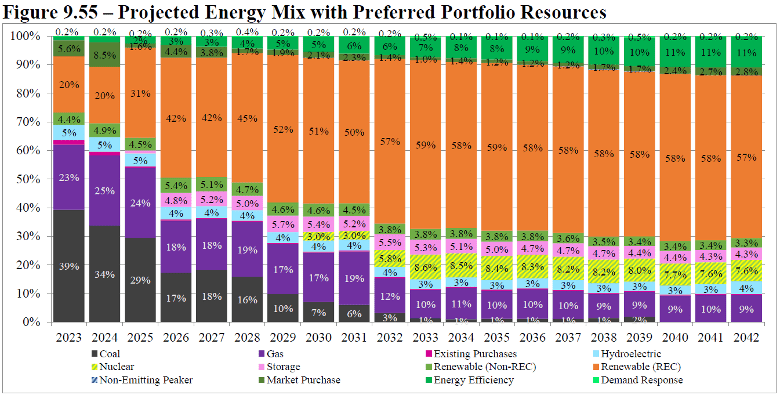
The retirement of coal plants in Emery County
News that Rocky Mountain Power intends to retire the Huntington and Hunter coal-fired power plants in Emery County has already made headlines in Utah. In the 2023 IRP, PacifiCorp projects they will retire both plants by 2032. While this is noteworthy, it is important to know that the utility was already planning to reduce the operation of both Utah coal plants prior to the publication of the 2023 IRP. The economics of renewable sources have improved to the point that the coal plants will now retire about a decade earlier than previously planned. We look forward to working with the utility and leaders in Emery and Carbon County to identify resources and opportunities to help with this transition, including new grants and tax credits available to coal communities as a result of the Bipartisan Infrastructure Law and the Inflation Reduction Act.
PacifiCorp proposes nuclear for Utah’s future
The Plan includes building two next generation nuclear reactors in Utah by 2032 which are planned for the sites of the retiring Huntington and Hunter coal plants. There are many unanswered questions about the nuclear plans, and Utah Clean Energy will be examining them closely. Since these plants will not be built in the near term, we will have time to examine this in more detail. There are several emerging technologies for dispatch-able energy that could be utilized in place of our legacy fossil fuel resources, such as advanced geothermal, clean hydrogen, new battery technologies, and natural gas with carbon capture. We will be closely evaluating all of these emerging technologies to ensure that whatever is built in place of the legacy coal plants can be deployed on time, ensures a reliable energy system, is economically viable, minimizes environmental impacts, and supports our rural and frontline communities. Those are ambitious priorities, but it’s what must be done to ensure a just, vibrant, and secure energy future in Utah.
Next steps
The IRP is a marathon, not a sprint. This initial plan will go through several rounds of input from stakeholders including Utah Clean Energy. As always, Utah Clean Energy will be front-and-center, advocating for a renewable energy centric, zero-carbon, affordable, and reliable energy system. Stay tuned for more updates.





